The aim of the new regulations, which came into force on Tuesday April 28th, is to make roads safer for cyclists and pedestrians, and promote environmentally friendly forms of transport.
Car sharing and electric cars are also to benefit from the amended traffic rules.
Meanwhile, anyone who drives too fast, uses an emergency lane without permission or obstructs others will face harsher penalties.
Here's a look at the new rules:
Cyclists
– Cyclists who ride on pavements could face a €25 fine under the new rules. Previously it was €15. The fine can rise to €35 (instead of €25) if cyclists cause any major obstructions.
– People who use cycle paths in the wrong direction could face a €55 fine instead of €15.
– Cyclists are allowed to ride next to each other if they do not obstruct other road users.
All road users
– Stopping on bicycle lanes painted on the road is prohibited. Before this point, stopping was allowed for up to three minutes.
Penalty: from €55 – or in serious cases up to €100 and a point on your driving licence.
– When overtaking cyclists, pedestrians and electric scooters, a minimum distance of 1.5 metres applies in cities, and two metres outside cities. Until now, drivers only needed to maintain a “sufficient” distance.
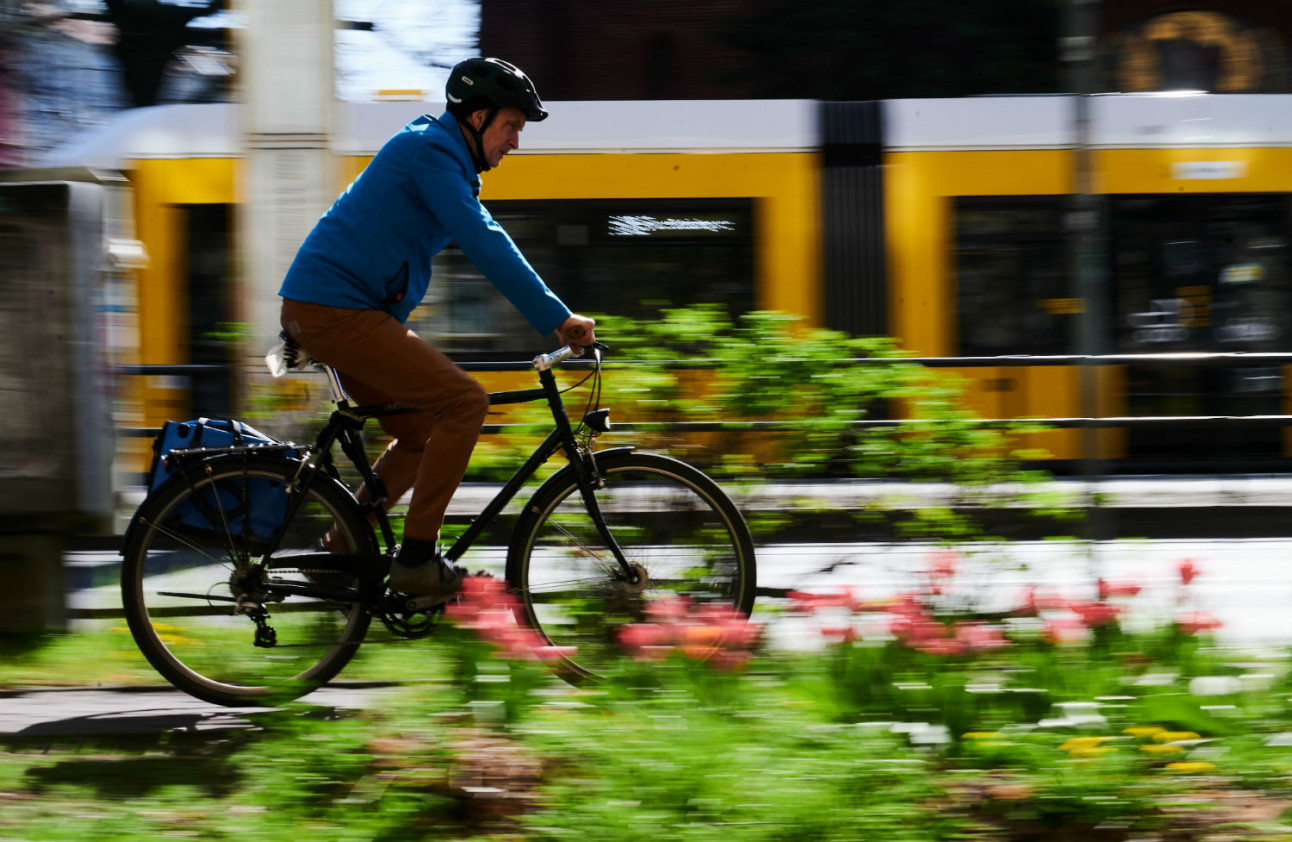
A cyclist in Berlin on Thursday. Photo: DPA
– Trucks weighing more than 3.5 tonnes must drive at a walking speed when turning right in built-up areas if there is likely to be bicycle nearby or pedestrians.
Penalty: €70 and one point on your licence.
– In streets with a cycle path, parking is prohibited at intersections and junctions at a distance of eight metres from the intersections of the road edges.
– Signs (aimed at cars and other vehicles) can in future display a ban on overtaking.
– The unauthorised use of an emergency lane will now be punished in the same way as not creating an emergency lane for emergency vehicles. Drivers who flout the rules face fines of between €200 and €320, a month's driving ban and two points on their licence.
READ ALSO: What you need to know about changes to German driving laws in 2020
Fines are getting tougher for these violations:
– There are now stricter rules for speeders. From now on, drivers who clock up 21 kilometres per hour more than allowed in built-up areas could lose their driving licence for a month – in addition to a fine of €80 and a point on their licence. Outside towns, it's 26 km/h over the limit. Before it was 31 km/h in town and 41 km/h outside.
– Driving too fast in general will also become more expensive. Up to 10 km/h too fast could result in a €30 fine, while fines of €50 are possible when drivers speed up to 15 km/h too fast, and €70 for up to 20 km/h over the limit.
– Parking on footpaths and cycle paths could now result in a fine of €55 instead of €20. If the action endangers someone, it will be considerably more expensive – up to €100 – and will result in a point on your licence.
– Parking and stopping in the second row of cars used to be punished with €20, now it is €55. If someone is endangered or property is damaged, it becomes more expensive – up to €110 and one point on your licence.
– Parking in a space for disabled people will be punished with a €55 fine in future. Previously it was €35.
– Penalties for unauthorised parking in narrow or unclear spaces have been increased from €15 to €35. If others are hindered by this, drivers face up to €55 (instead of €35).
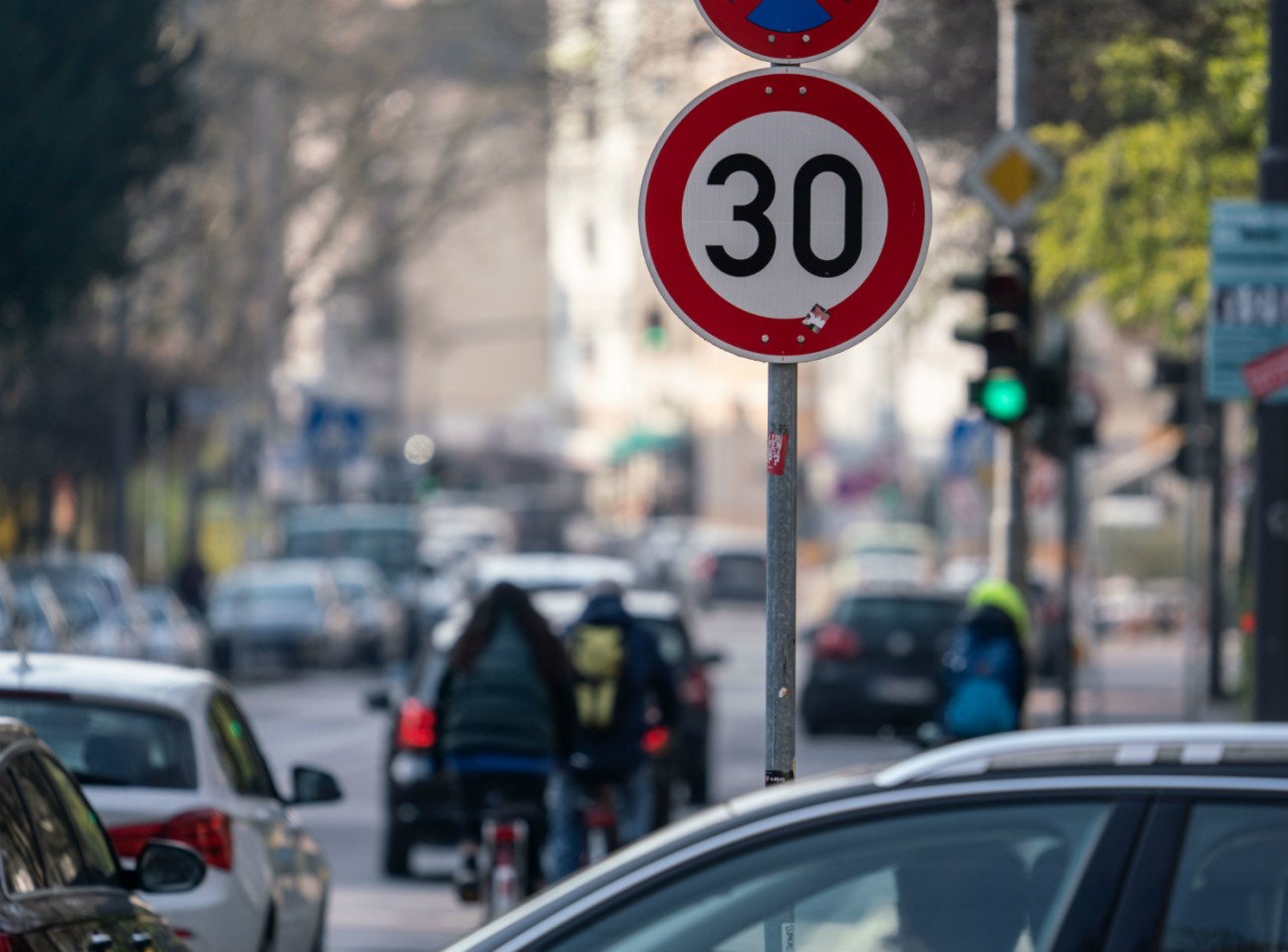 A 30km/h sign in Frankfurt. Photo: DPA
A 30km/h sign in Frankfurt. Photo: DPA
– Parking in a no-parking zone is also more expensive: instead of up to €15, there will be fines of up to €25, or up to €50 if others are obstructed for more than an hour, instead of €35.
– General parking offences, such as when the parking meter expires or the parking disc is missing, will be punished with at least €20 instead of €10, and can cost up to €40 (instead of €30) depending on the duration. Drivers who stop in areas they are not allowed to can be hit with a €20 fine instead of €10.
– If a driver takes the right of way when turning or does not let others through (when it's not their right of way), they face paying €40 instead of €20. If someone is endangered, the penalty doubles from €70 to €140, and in addition to the driving licence point, there is now the threat of a month's driving ban.
– Not paying attention when getting in and out of the car may also now result in a higher fine: €40 instead of €20 fines are possible, with damage to property costing a €50 fine instead of €25.
– “Auto-posing” is the term used when you drive back and forth unnecessarily and annoy people with noise and exhaust fumes. The fine for this has increased from up to €20 to up to €100.
What else is changing?
– The green arrow at traffic lights now also applies to cyclists on a cycle path or cycle lane. A separate green arrow sign (see picture) is planned for cyclists only.
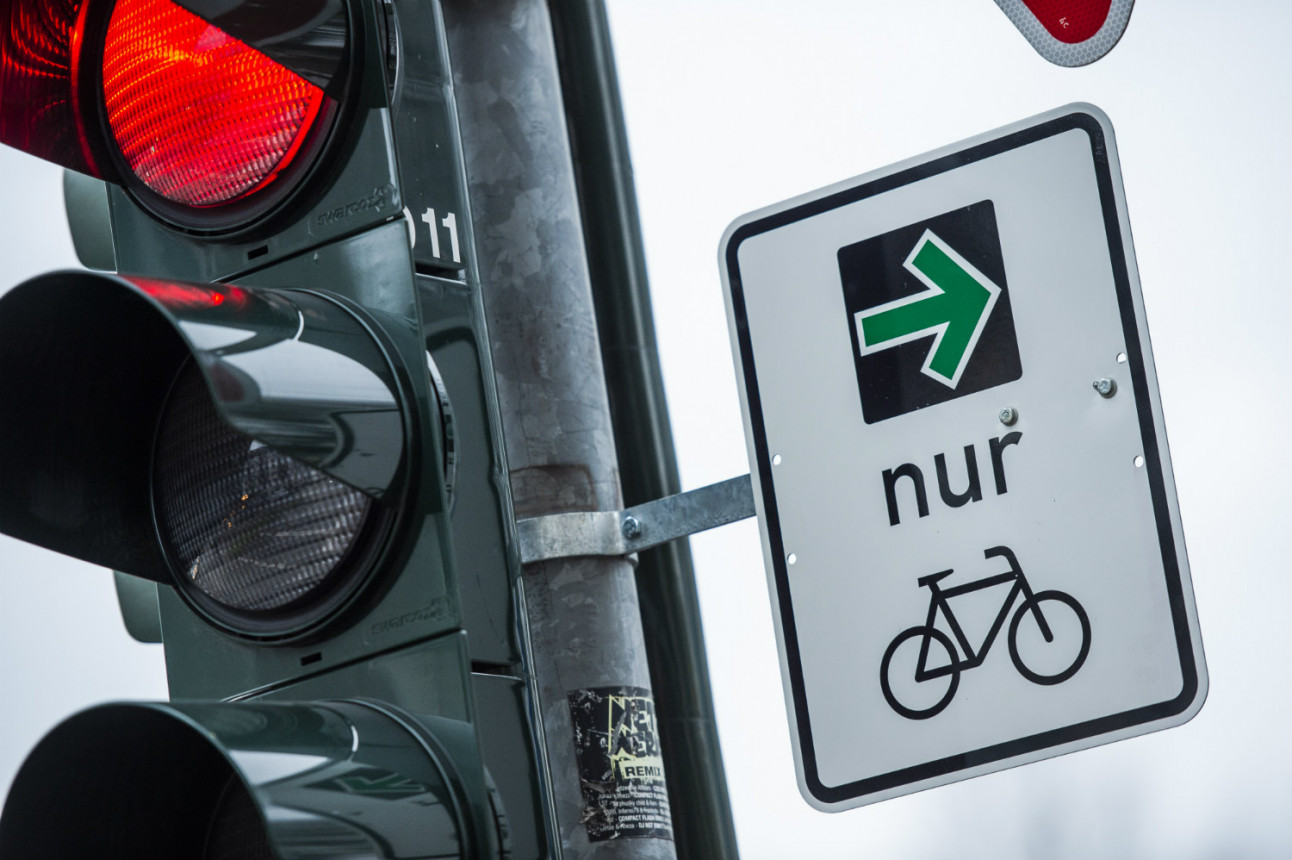
A turning sign for cyclists only Düsseldorf. Photo: DPA
– In addition to cycle lanes, local authorities will be able to set up cycle zones. Here, only cyclists are allowed, unless an additional sign makes the zone accessible to other road users. The maximum speed is 30 km/h and cyclists have priority.
– A new symbol will allow car-sharing vehicles to have priority parking. Parking there without permission can result in a €55 fine. A new sticker on the windscreen can identify such shared cars.
– There's also a new symbol that shows parking spaces and loading areas for cargo bikes only.
– It also clarifies that separate parking areas for electrically powered vehicles can be marked with a symbol on the road. Parking there without permission can result in a €55 fine.
To see the new symbols check out this ADAC story.

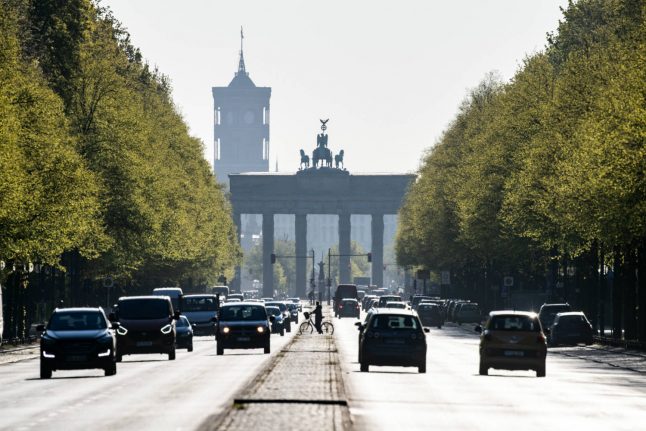
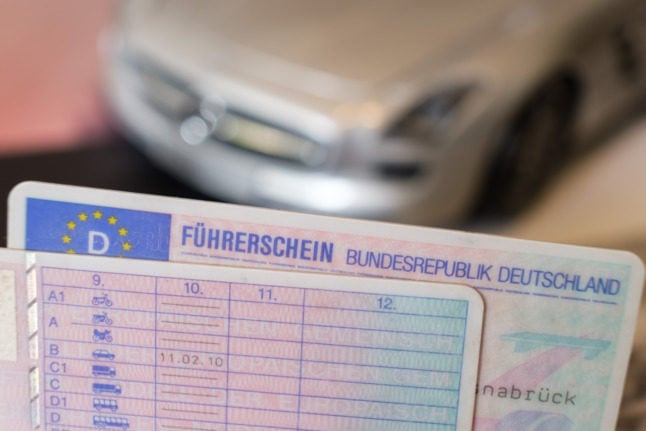
 Please whitelist us to continue reading.
Please whitelist us to continue reading.
Member comments